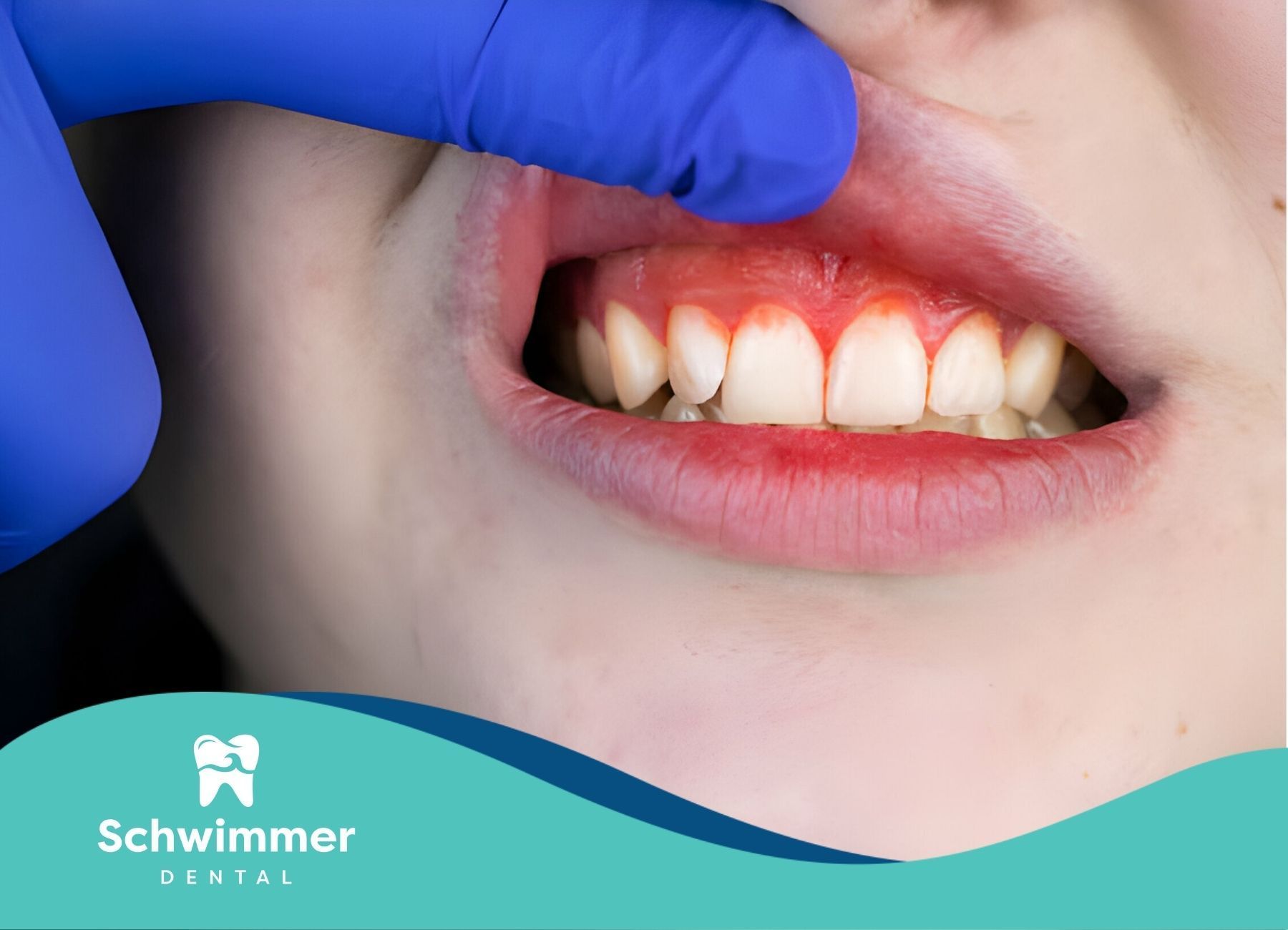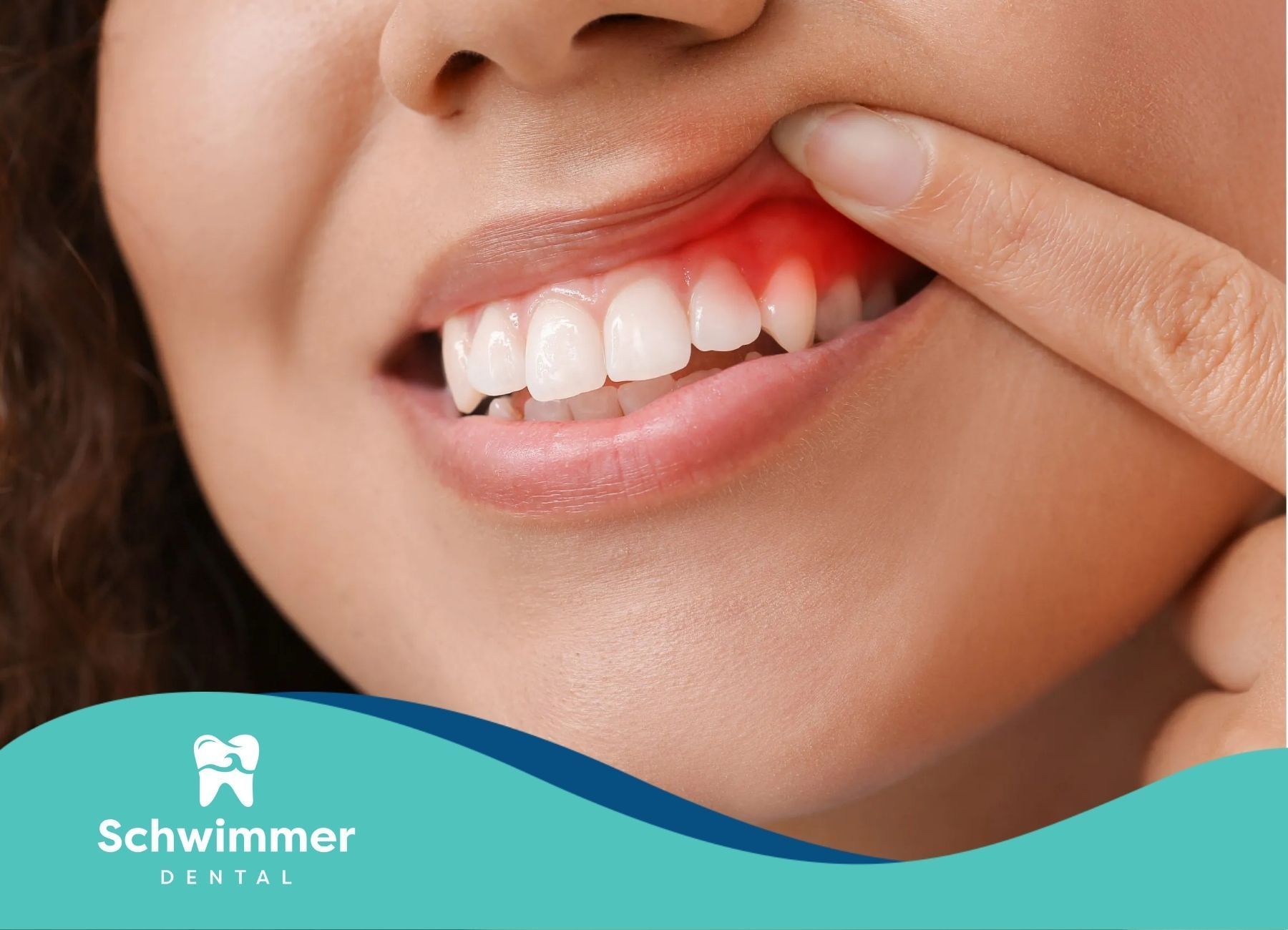Have an appointment? Complete the Intake Form
Essential Tips for Toothbrush Care at Home
Key Highlights
- Maintaining good oral health extends beyond just brushing to include proper toothbrush care.
- Toothbrushes can harbor bacteria, so regular cleaning and replacement are crucial.
- Explore effective techniques for cleaning both manual and electric toothbrushes.
- Discover optimal storage practices to prevent bacteria growth and contamination.
- Understand the importance of replacing your toothbrush regularly for optimal oral hygiene.
- Learn expert-backed tips to keep your toothbrush clean and maximize your dental hygiene routine.
Introduction
Taking care of your teeth goes beyond just brushing and flossing. You also need to look after your toothbrush. Your toothbrush is important for your dental hygiene, but it can collect bacteria too. This guide will give you key tips on how to care for your toothbrush. With these tips, your toothbrush will help you keep good oral health.
Understanding Toothbrush Care
Your toothbrush head has bristles that help remove food and plaque from your teeth. However, while it cleans, it can pick up some bacteria too. If you don’t clean it well over time, the bacteria can build up. This growth could harm your oral health.
To protect your health, you must take care of your toothbrush. It’s important to create a routine to keep bacteria away. This way, your toothbrush stays a good tool for your smile and not a way to get infection.
The Importance of Proper Toothbrush Maintenance
Tooth decay and gum disease mainly happen because of plaque. Plaque is a sticky layer of bacteria that builds up on teeth all the time. Brushing your teeth is the best way to fight plaque, but using a dirty toothbrush can put harmful bacteria back into your mouth.
If your toothbrush has a lot of bacteria, it can undo the good you get from brushing. This can create a bad cycle of getting re-infected and hurt your efforts to keep a bright, healthy smile.
Taking care of your toothbrush can stop this problem. By cleaning and storing your toothbrush properly, you can keep it as a tool against plaque and promote your overall oral health.
Identifying Common Toothbrush Mistakes
Leaving your toothbrush wet in a closed container can let harmful bacteria grow. The extra moisture helps bacteria thrive, making it more likely to get contaminated.
Another common mistake is brushing with too much pressure. This can harm your gums and wear down the bristles faster. It shortens the life of your toothbrush and can upset sensitive gums.
Finally, not rinsing your toothbrush well after each use can leave toothpaste and food bits behind. This makes it easier for bacteria to grow, hurting your toothbrush hygiene.
Effective Cleaning Techniques for Manual Toothbrushes
Start by rinsing your manual toothbrush under hot water before and after each use. This helps get rid of food bits and leftover toothpaste. It also stops bacteria from growing.
You can also soak your toothbrush in an antibacterial mouthwash for a better clean. This gets rid of bacteria and makes sure your brush is very clean.
Daily Rinsing and Drying Practices
A simple way to keep your manual toothbrush in good condition is to follow these rinsing and drying steps:
- Rinse thoroughly: After you brush, hold your toothbrush under running water for at least 30 seconds. This washes away all toothpaste and debris.
- Soak in mouthwash (optional): For a deeper clean, dip the toothbrush head in antibacterial mouthwash for one or two minutes.
- Shake off excess water: Gently shake your toothbrush to get rid of extra water that may hold bacteria.
- Air dry in an upright position: Place your toothbrush upright in a well-ventilated spot so it can air dry completely.
Doing these steps helps reduce bacteria and keeps your toothbrush fresh and clean for every use.
Deep Cleaning Solutions for Your Toothbrush
For a better clean, try these extra steps to disinfect your manual toothbrush:
- Hydrogen peroxide soak: Mix equal parts hydrogen peroxide and water in a small cup. Soak the toothbrush head in this mix for a few minutes, then rinse it well with water.
- Baking soda solution: Combine two teaspoons of baking soda with one cup of hot water. Soak your toothbrush in this mix for 30 minutes, then rinse it well.
- Vinegar soak (weekly): Once a week, soak your toothbrush in a mix of equal parts water and white vinegar for 30 minutes. Rinse it thoroughly with water.
Keep in mind, these deep cleaning methods should add to your daily rinsing and drying, not take their place.
Maintaining Electric Toothbrushes
It is important to keep your electric toothbrush clean, just like a manual one. Start by removing the brush head. Rinse it well in hot water to get rid of toothpaste and bits of food.
You can disinfect the brush head by soaking it in antibacterial mouthwash or using denture cleaning tablets from time to time. Always check your electric toothbrush's manual for cleaning tips specific to your model.
Cleaning Electric Toothbrush Heads Properly
Regular cleaning is very important for your electric toothbrush head. After you brush your teeth, take off the head and rinse it well under hot running water. This removes leftover toothpaste, saliva, and food bits.
Some electric toothbrush heads say they are dishwasher-safe, but you should always check the instructions from the manufacturer. The high heat of a dishwasher can hurt some toothbrush heads, making them less effective and shortening their life.
To reduce bacteria even more, think about getting a UV sanitizer made for toothbrushes. These devices use ultraviolet light to kill bacteria and help keep your toothbrush more clean as part of your oral care routine.
Replacing Electric Toothbrush Heads Timely
Even with careful cleaning, electric toothbrush heads can wear down over time. This makes them less effective. The American Dental Association (ADA) suggests you change your electric toothbrush head every three to four months. You should do it sooner if the bristles look frayed.
Frayed bristles show that the toothbrush head is worn. When this happens, it cannot clean teeth as well. Worn-out bristles can also hold more bacteria, which increases the chance of germs getting back into your mouth.
Buying a new toothbrush head helps with cleaning and improves your overall oral health. A fresh head is important for removing plaque and keeping your smile healthy.
Storing Your Toothbrush for Optimal Hygiene
Properly storing your toothbrush is just as important as cleaning it. After you rinse and dry your toothbrush, put it upright in a holder that lets air flow around it. This helps stop moisture from building up and keeps bacteria growth away.
Stay away from toothbrush covers, as they can hold in moisture and let bacteria grow. Also, keep your toothbrush far from the toilet. Flushing can spray bacteria into the air.
The Best and Worst Places to Store a Toothbrush
Knowing how to store your toothbrush is important for keeping it clean and lasting longer. Here is a handy guide to help you choose the best storage options:
Best Storage Practices:
- Inside a medicine cabinet: This provides a clean and closed space, keeping your toothbrush away from germs.
- On the bathroom counter (away from the toilet): Keep your toothbrush as far from the toilet as you can. This helps avoid touching air filled with bacteria.
- In a UV sanitizer: This adds extra protection by using ultraviolet light to kill bacteria.
Storage Practices to Avoid:
- Inside a travel case: If it does not have good airflow, a travel case can keep your toothbrush wet. This can cause bacteria growth and mold.
- Near the sink: The sink area often gets splashes and can spread bacteria.
- In a drawer: A drawer has little air flow, which can lead to bacteria growth and affect the hygiene of your toothbrush.
Make sure to store your toothbrush in a dry and airy place. This will help reduce contact with germs and keep it clean.
Tips for Keeping Toothbrushes Germ-Free in Shared Bathrooms
Sharing a bathroom means you need to be careful about using toothbrushes. Here are some tips to help keep them clean and avoid sharing germs:
- Have separate places: Give each family member their own spot for their toothbrush. This can be different holders or different sections in a cabinet.
- Keep them apart: Always store toothbrushes a few inches away from each other to lower the chance of germs spreading.
- Clean the bathroom regularly: Make sure to clean the bathroom frequently, especially around the sink and toilet. This keeps germs down.
By following these tips, you can make the bathroom cleaner and better for everyone. Every little thing you do to keep toothbrush hygiene helps make your home healthier.
Conclusion
In conclusion, taking care of your toothbrush is very important for keeping your teeth and gums healthy. If you use good cleaning methods and store it properly, your toothbrush will stay clean and work well. Don’t forget to change your toothbrush often and steer clear of mistakes that can harm your mouth. If you want more tips about dental care, check out our frequently asked questions section. Start using these toothbrush care tips today to keep your smile bright and healthy!
Frequently Asked Questions
How often should I replace my toothbrush?
The American Dental Association (ADA) suggests that you should change your toothbrush or toothbrush head every three to four months. If the bristles get worn out before that time, you should replace it earlier. Changing your toothbrush regularly helps you brush better and keeps your mouth clean. You might also want to talk to your dentist for advice just for you.
Need Assistance? We’re Here to Help
We are dedicated to enhancing your dental health and well-being.
We provide personalized dental care solutions for a confident, healthy smile.
Contact us today for Professional Dental Care.

Our caring staff will help you feel relaxed and comfortable in our state of the art office. We respect your time and pledge to deliver prompt service, backed by the latest knowledge, techniques, and technology.
Email: Office@schwimmerdental.com
Tel: (848) 294-2385
Fax: (732) 899-3347
Address: 1115 Arnold Ave,
Point Pleasant, NJ, 08742
Schwimmer Dental – Website by CWS


